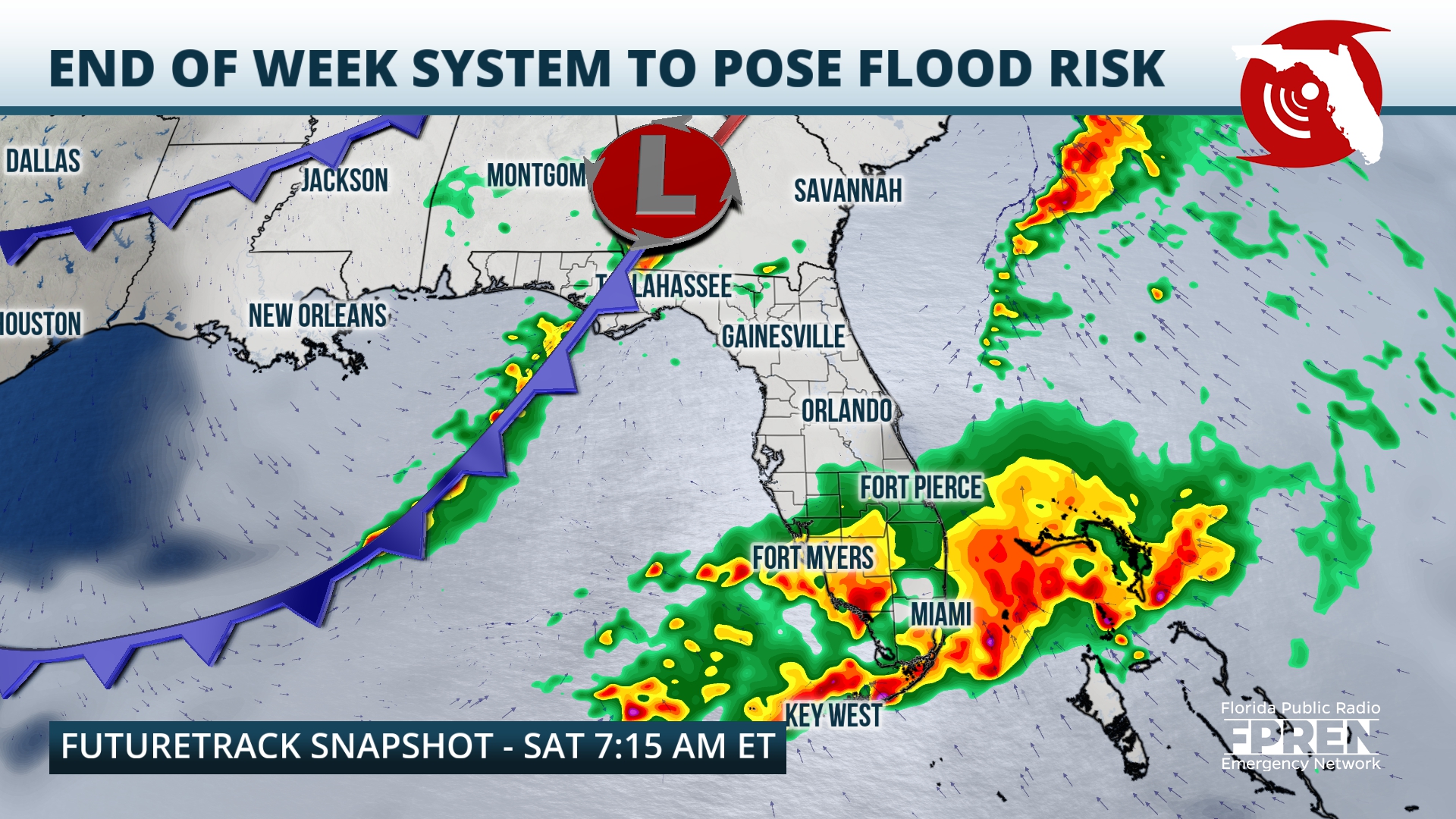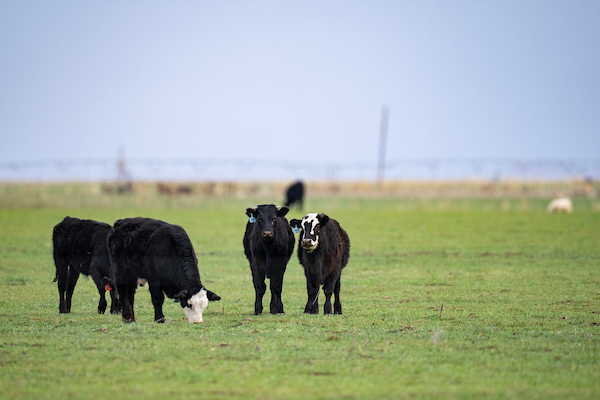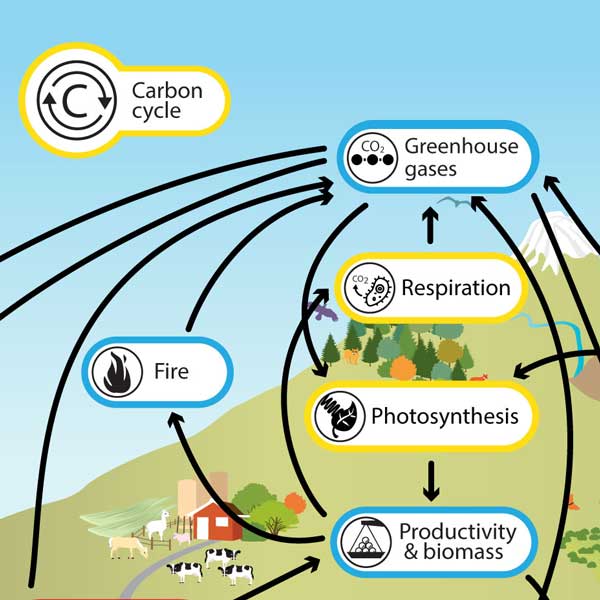Proposed Federal Budget Cuts Threaten Progress on Sustainable Development Goals in Western U.S.
Executive Summary
A recent presidential budget proposal recommends the complete elimination of the WaterSMART program, a 15-year-old federal initiative managed by the Bureau of Reclamation. This program is critical for advancing several United Nations Sustainable Development Goals (SDGs) in the drought-prone Western United States. The proposed defunding jeopardizes over $3.2 billion in historical investments and future projects aimed at water conservation, climate resilience, and biodiversity protection, directly impacting the achievement of SDG 6, SDG 11, SDG 13, SDG 14, and SDG 15.
WaterSMART Program and its Contribution to SDG 6: Clean Water and Sanitation
The WaterSMART program is a cornerstone of federal efforts to ensure the availability and sustainable management of water, a primary objective of SDG 6. It provides essential grants to Western states to combat drought and water scarcity. Since 2010, the program has funded 118 distinct water conservation projects in Colorado alone. The proposed elimination of all funding for WaterSMART and other Bureau of Reclamation water initiatives represents a significant setback for water security and sustainable water management in the region.
Case Study: Boulder Creek Restoration and Localized SDG Impact
A grant of nearly $1 million was awarded to the Boulder Watershed Collective for the restoration of 181 acres of habitat along Boulder Creek. This project serves as a clear example of local action contributing to global goals.
Project Objectives and SDG Alignment:
- Increase water reliability and improve water quality: Directly supports SDG 6 (Clean Water and Sanitation) by enhancing the local water supply identified in the City of Boulder Source Water Protection Plan.
- Reduce the severity of downstream flooding: Contributes to SDG 11 (Sustainable Cities and Communities) by making community infrastructure more resilient to water-related disasters.
- Improve aquatic and riparian habitats: Addresses targets within SDG 14 (Life Below Water) and SDG 15 (Life on Land) by restoring critical ecosystems.
Threats to Biodiversity and Ecosystems (SDG 14 & SDG 15)
The defunding of WaterSMART poses a direct threat to the protection of biodiversity. The Boulder Creek project area is a designated habitat for threatened species, including the Greenback Cutthroat Trout and the Southern Rocky Mountain Boreal Toad. The cessation of such restoration efforts would undermine progress towards:
- SDG 15.1: Ensure the conservation, restoration, and sustainable use of terrestrial and inland freshwater ecosystems.
- SDG 15.5: Take urgent and significant action to reduce the degradation of natural habitats and halt the loss of biodiversity.
Implications for Climate Action and Partnerships (SDG 13 & SDG 17)
The WaterSMART program is a vital mechanism for climate adaptation, aligning with SDG 13 (Climate Action) by funding projects that build resilience to the impacts of climate change, such as prolonged drought. Furthermore, the program exemplifies SDG 17 (Partnerships for the Goals), fostering collaboration between federal agencies and local watershed groups. Eliminating the program would dissolve these effective partnerships and weaken the adaptive capacity of Western communities.
Conclusion and Outlook
While the presidential budget proposal is advisory, its adoption by Congress would severely impede progress on multiple Sustainable Development Goals across the Western United States. The potential elimination of the WaterSMART program highlights a conflict between proposed fiscal policy and established national commitments to environmental sustainability, water security, and climate resilience. The final decision rests with Congress, which will determine the future of this critical conservation funding.
1. Which SDGs are addressed or connected to the issues highlighted in the article?
The article discusses issues related to two primary Sustainable Development Goals:
-
SDG 6: Clean Water and Sanitation
This goal is central to the article, as the WaterSMART program directly funds projects to “address drought and water scarcity,” “increase water reliability,” and “improve water quality.” The Boulder Creek restoration project, funded by this program, is a clear example of efforts to manage water resources sustainably.
-
SDG 15: Life on Land
This goal is addressed through the program’s focus on habitat restoration. The article specifies that the grant is for restoring “degraded aquatic and riparian habitat” and notes that this area is home to threatened species, including the “Greenback Cutthroat Trout and Southern Rocky Mountain Boreal Toad.” This connects directly to protecting biodiversity and restoring freshwater ecosystems.
2. What specific targets under those SDGs can be identified based on the article’s content?
Based on the article, the following specific targets can be identified:
-
Target 6.3: Improve water quality
The article explicitly states that one of the goals of the restoration efforts is to “improve water quality.” This aligns with the target of improving water quality by reducing pollution.
-
Target 6.6: Protect and restore water-related ecosystems
The core of the Boulder Creek project is to “restore 181 acres of ‘degraded aquatic and riparian habitat’.” This directly supports the target of protecting and restoring freshwater ecosystems like creeks and their surrounding riparian zones.
-
Target 15.1: Conserve and restore terrestrial and inland freshwater ecosystems
Similar to Target 6.6, the project’s aim to restore “aquatic and riparian habitat” near the headwaters of Boulder Creek is a direct action towards the conservation and restoration of inland freshwater ecosystems.
-
Target 15.5: Protect threatened species
The article mentions that the project area “includes habitat for the threatened Greenback Cutthroat Trout and Southern Rocky Mountain Boreal Toad.” By restoring their habitat, the project takes significant action to protect these threatened species and prevent their extinction.
3. Are there any indicators mentioned or implied in the article that can be used to measure progress towards the identified targets?
Yes, the article mentions or implies several indicators:
-
Indicator for Target 6.6 and 15.1: Extent of water-related ecosystems restored
The article provides a specific quantitative measure for this indicator. It states that the Boulder Watershed Collective aims to “restore 181 acres of ‘degraded aquatic and riparian habitat’.” This figure serves as a direct indicator of progress (Indicator 6.6.1: Change in the extent of water-related ecosystems over time).
-
Indicator for Target 6.3: Ambient water quality
While no specific metric is given, the stated goal to “improve water quality” implies that progress would be measured by changes in the quality of water in Boulder Creek. This relates to Indicator 6.3.2 (Proportion of bodies of water with good ambient water quality).
-
Indicator for Target 15.5: Status of threatened species
The article’s mention of the “threatened Greenback Cutthroat Trout and Southern Rocky Mountain Boreal Toad” implies that the health and population status of these species are key indicators of the project’s success. This aligns with the concept of Indicator 15.5.1 (Red List Index), where actions to protect habitats of threatened species contribute to improving their conservation status.
4. Table of SDGs, Targets, and Indicators
| SDGs | Targets | Indicators Identified in the Article |
|---|---|---|
| SDG 6: Clean Water and Sanitation | Target 6.3: By 2030, improve water quality by reducing pollution…
Target 6.6: By 2020, protect and restore water-related ecosystems… |
Implied Indicator for 6.3: The stated goal to “improve water quality” in Boulder Creek.
Specific Indicator for 6.6: The restoration of “181 acres of degraded aquatic and riparian habitat.” |
| SDG 15: Life on Land | Target 15.1: By 2020, ensure the conservation, restoration and sustainable use of terrestrial and inland freshwater ecosystems…
Target 15.5: Take urgent and significant action to…halt the loss of biodiversity and…protect and prevent the extinction of threatened species. |
Specific Indicator for 15.1: The restoration of “181 acres” of freshwater ecosystem habitat.
Implied Indicator for 15.5: The protection of habitat for the “threatened Greenback Cutthroat Trout and Southern Rocky Mountain Boreal Toad.” |
Source: boulderreportinglab.org







